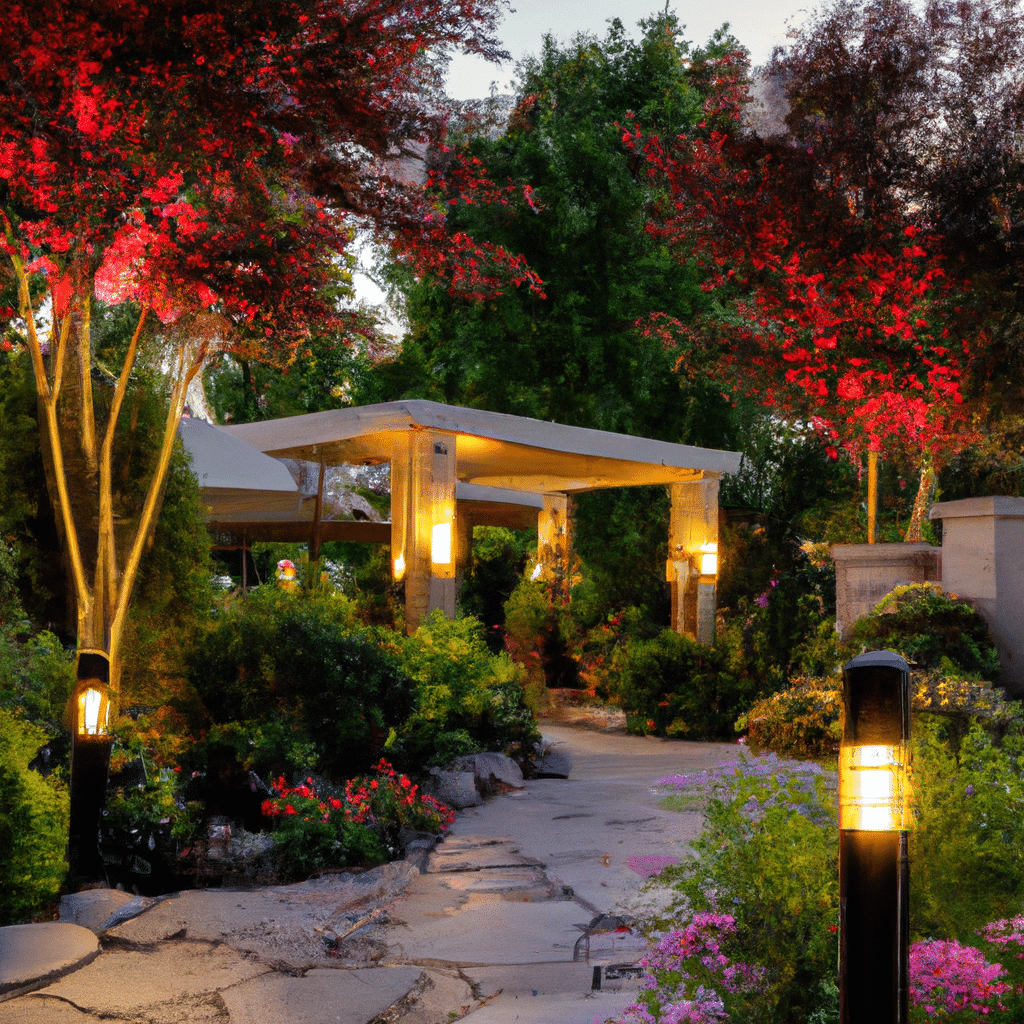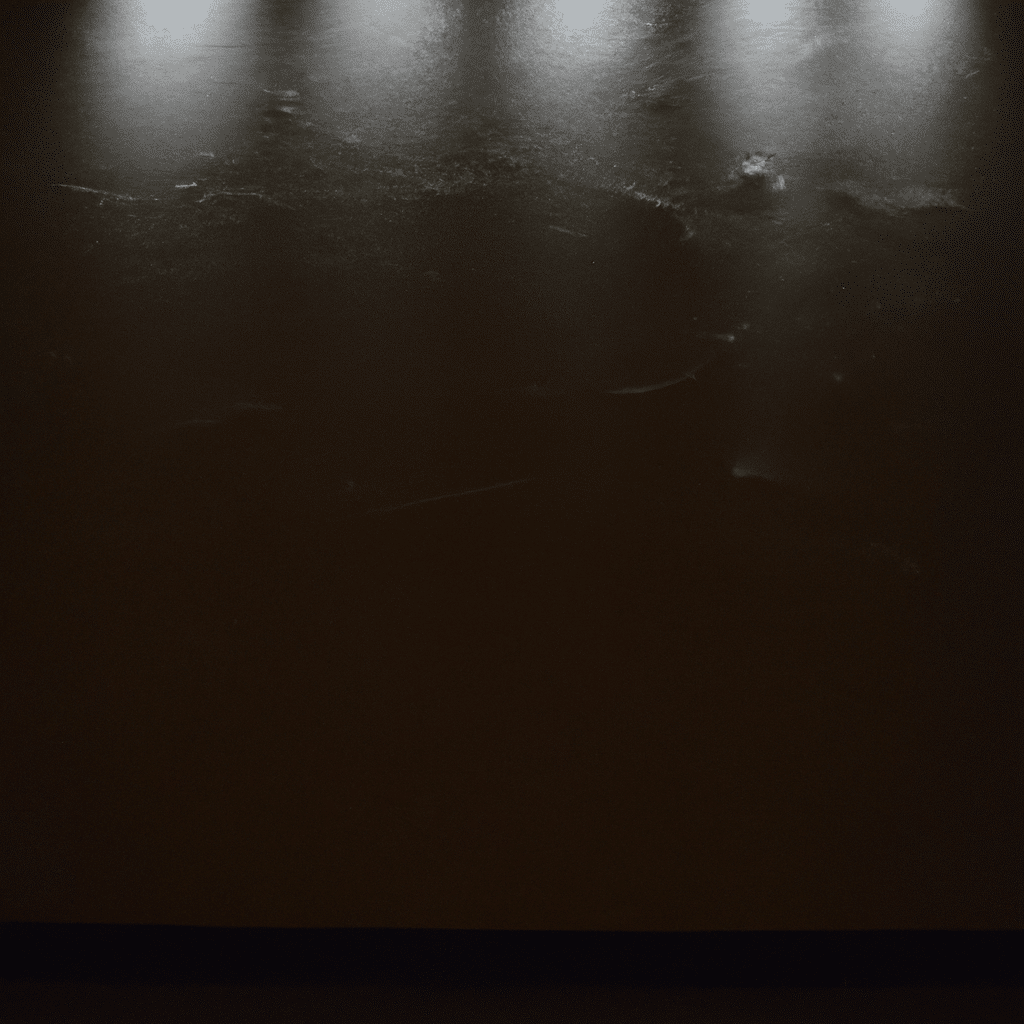In today’s rapidly evolving world, the impact of urbanization on our environment is becoming increasingly evident. One of the often overlooked aspects of urban development is light pollution. The excessive and misdirected use of artificial lighting not only disrupts our view of the night sky but also poses significant ecological and health risks. However, there is a lesser-known green hero that holds great promise in transforming urban spaces and combating light pollution: LED lighting.
Understanding Light Pollution
Before we delve into the potential of LED lighting, it is essential to understand the nature and consequences of light pollution. Light pollution occurs when artificial light from streetlights, buildings, and other sources brightens the night sky, obscuring our view of stars and celestial bodies. This excessive illumination can have various adverse effects, including:
- Ecological Disturbance: Artificial light disrupts the natural behavior and habitats of wildlife, affecting their breeding, foraging, and migration patterns. It can also lead to a decline in biodiversity.
- Energy Waste: Conventional lighting systems, such as incandescent or fluorescent bulbs, are energy-inefficient, resulting in unnecessary energy consumption and higher electricity bills.
- Health Implications: Excessive exposure to artificial light at night can disrupt our circadian rhythms, leading to sleep disorders, increased stress levels, and other health issues.
The Rise of LED Lighting
LED (Light Emitting Diode) lighting has emerged as a game-changer in the field of illumination. Unlike traditional lighting technologies, LED lights offer numerous advantages that make them an ideal choice for urban spaces. Let’s explore some of the key benefits of LED lighting:
- Energy Efficiency: LED lights are highly energy-efficient, consuming significantly less electricity compared to traditional lighting options. They convert a higher percentage of energy into visible light, minimizing wastage.
- Long Lifespan: LED lights have an incredibly long lifespan compared to incandescent or fluorescent bulbs. They can last up to 50,000 hours or more, reducing the frequency of replacements and the associated costs.
- Directional Lighting: LED lights emit light in a specific direction, unlike traditional bulbs that disperse light in all directions. This focused illumination helps reduce light pollution by minimizing unnecessary scattering of light into the night sky.
- Versatility: LED lights come in various shapes, sizes, and colors, making them highly versatile for different urban lighting applications. They can be tailored to specific needs, whether it’s street lighting, architectural illumination, or decorative purposes.
LED Lighting and Urban Transformation
LED lighting has the potential to revolutionize urban spaces by providing sustainable and environmentally friendly lighting solutions. Let’s explore how LED lighting can benefit different aspects of urban development:
1. Street Lighting
Traditional street lighting systems are often inefficient and contribute significantly to light pollution. LED street lights, on the other hand, offer a more targeted and energy-efficient solution. By using LED lights for street lighting, cities can achieve:
- Reduced Light Pollution: LED street lights can be designed to minimize upward light projection, directing the illumination where it is needed the most. This focused lighting approach helps reduce light pollution and preserves the natural darkness of the night sky.
- Cost Savings: LED street lights consume less energy, resulting in substantial cost savings for cities in terms of electricity bills and maintenance expenses. This allows municipalities to allocate resources to other pressing urban development projects.
- Enhanced Safety: LED street lighting provides better visibility, improving safety for pedestrians, cyclists, and drivers. The high-quality illumination ensures that urban spaces are well-lit, reducing the risk of accidents and criminal activities.
2. Architectural Lighting
LED lighting offers architects and urban planners a wide range of creative possibilities when it comes to illuminating buildings and structures. By leveraging the benefits of LED lighting, urban spaces can experience:
- Aesthetic Appeal: LED lights can be precisely controlled to create stunning visual effects, enhancing the architectural beauty of buildings and landmarks. With the ability to change colors and intensities, LED lighting allows for dynamic and captivating illumination designs.
- Energy Efficiency: Architectural lighting often requires continuous operation for extended periods. LED lights excel in energy efficiency, enabling cities to showcase their architectural wonders without a significant impact on their energy consumption.
- Sustainability: By opting for LED architectural lighting, cities can demonstrate their commitment to sustainable development. LED lights consume less energy, reducing the carbon footprint associated with urban lighting.
3. Parks and Recreational Spaces
Parks and recreational areas play a vital role in urban life, providing green spaces for relaxation and leisure activities. By implementing LED lighting in these spaces, cities can achieve:
- Enhanced Ambiance: LED lights can enhance the ambiance of parks and recreational spaces, creating inviting and safe environments for residents and visitors. From path lighting to accentuating landscape features, LED lighting can transform these areas into enchanting urban retreats.
- Nighttime Activities: LED lighting enables extended hours of park usage by providing adequate illumination during nighttime. This encourages community engagement and promotes a healthier and more active lifestyle.
- Nature Preservation: With proper lighting design, LED lights can minimize the impact on nocturnal wildlife, allowing them to thrive in their natural habitats. By reducing light pollution, cities can protect biodiversity and preserve the ecological balance within parks and recreational spaces.
Conclusion
LED lighting holds immense potential in transforming urban spaces and combating light pollution. From street lighting to architectural illumination and recreational areas, LED lights offer energy efficiency, sustainability, and enhanced visual appeal. By embracing this green hero, cities can create more livable and environmentally conscious urban environments. Let us embark on a journey towards a brighter, greener future, where LED lighting illuminates our cities while preserving the beauty of the night sky.



